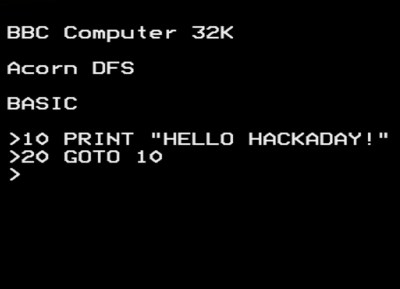Although largely relegated to retrocomputing enthusiasts and embedded systems or microcontrollers now, there was a time when there were no other computers available other than those with 8-bit processors. The late 70s and early 80s would have seen computers with processors like the Motorola 6800 or Intel 8080 as the top-of-the-line equipment and, while underpowered by modern standards, these machines can do quite a bit of useful work even today. Mathematician [Jean Michel Sellier] wanted to demonstrate this so he set up a Commodore 64 to study some concepts like simulating a quantum computer.
The computer programs he’s written to do this work are in BASIC, a common high-level language of the era designed for ease of use. To simulate the quantum computer he sets up a matrix-vector multiplication but simplifies it using conditional logic. Everything is shown using the LIST command so those with access to older hardware like this can follow along. From there this quantum computer even goes as far as demonstrating a quantum full adder.
There are a number of other videos on other topics available as well. For example, there’s an AmigaBasic program that simulates quantum wave packets and a QBasic program that helps visualize the statistical likelihood of finding an electron at various locations around a hydrogen nucleus. While not likely to displace any supercomputing platforms anytime soon, it’s a good look at how you don’t need a lot of computing power in all situations. And, if you need a refresher on some of these concepts, there’s an overview on how modern quantum computers work here.






 removable cartridge, complete with a BASIC interpreter and a collection of graphical editor tools for game creation.
removable cartridge, complete with a BASIC interpreter and a collection of graphical editor tools for game creation. even a map editor. We think inputting BASIC code via a gamepad would get old fast, but it would work a little better for graphical editing.
even a map editor. We think inputting BASIC code via a gamepad would get old fast, but it would work a little better for graphical editing.










